Increasing Demand for Electric Forklifts
The rising demand for electric forklifts is a pivotal driver in the Forklift Battery Market. As industries increasingly prioritize energy efficiency and reduced emissions, electric forklifts have gained traction over their internal combustion counterparts. This shift is evidenced by a reported increase in electric forklift sales, which accounted for approximately 60% of total forklift sales in recent years. The transition to electric models necessitates advanced battery solutions, thereby propelling the demand for high-performance batteries. Consequently, manufacturers are compelled to innovate and enhance battery technologies to meet the evolving needs of electric forklift applications. This trend not only supports sustainability goals but also aligns with regulatory pressures aimed at reducing carbon footprints across various sectors.
Growth of E-commerce and Warehousing Sectors
The growth of e-commerce and warehousing sectors is a significant driver in the Forklift Battery Market. As online shopping continues to expand, the demand for efficient material handling solutions in warehouses and distribution centers is surging. This trend necessitates the use of forklifts equipped with advanced battery systems to ensure seamless operations. The warehousing sector has seen a substantial increase in investment, with reports indicating a growth rate of over 10% annually. Consequently, the need for reliable and high-performance forklift batteries is becoming increasingly critical. As businesses strive to enhance their logistics capabilities, the Forklift Battery Market is poised for robust growth, driven by the evolving demands of the e-commerce landscape.
Regulatory Support for Clean Energy Solutions
Regulatory support for clean energy solutions is a crucial driver in the Forklift Battery Market. Governments worldwide are implementing stringent regulations aimed at reducing greenhouse gas emissions and promoting the use of clean energy technologies. This regulatory landscape encourages businesses to transition from traditional fuel-powered forklifts to electric alternatives, which rely on advanced battery systems. Incentives such as tax breaks and subsidies for electric vehicle adoption further stimulate market growth. As a result, the demand for efficient and reliable forklift batteries is expected to rise, as companies strive to comply with environmental regulations while enhancing their operational efficiency. This trend underscores the importance of aligning business practices with sustainability objectives.
Technological Advancements in Battery Technology
Technological advancements in battery technology are significantly influencing the Forklift Battery Market. Innovations such as improved energy density, faster charging capabilities, and enhanced lifespan are becoming increasingly prevalent. For instance, lithium-ion batteries have emerged as a preferred choice due to their superior performance characteristics compared to traditional lead-acid batteries. The market for lithium-ion batteries is projected to grow at a compound annual growth rate of over 15% in the coming years. These advancements not only enhance the operational efficiency of forklifts but also reduce total cost of ownership for businesses. As companies seek to optimize their material handling operations, the demand for cutting-edge battery solutions is likely to escalate, further driving growth in the Forklift Battery Market.
Focus on Operational Efficiency and Cost Reduction
A focus on operational efficiency and cost reduction is a key driver in the Forklift Battery Market. Companies are increasingly seeking ways to optimize their material handling processes to enhance productivity and minimize operational costs. The adoption of advanced battery technologies, such as lithium-ion batteries, offers significant advantages in terms of efficiency and longevity. These batteries can reduce downtime and maintenance costs, thereby contributing to overall cost savings. Market analysis suggests that businesses that invest in high-quality forklift batteries can achieve a return on investment within a few years. As organizations prioritize efficiency and cost-effectiveness, the demand for innovative battery solutions in the Forklift Battery Market is likely to grow, reflecting a broader trend towards operational excellence.


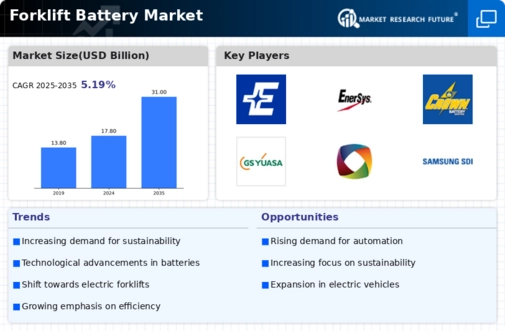

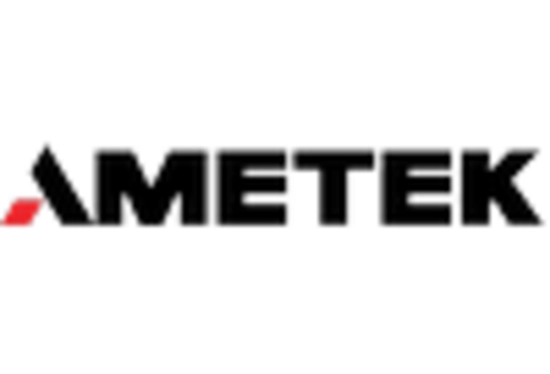

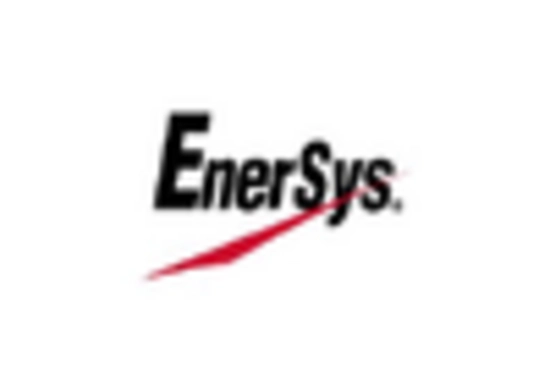

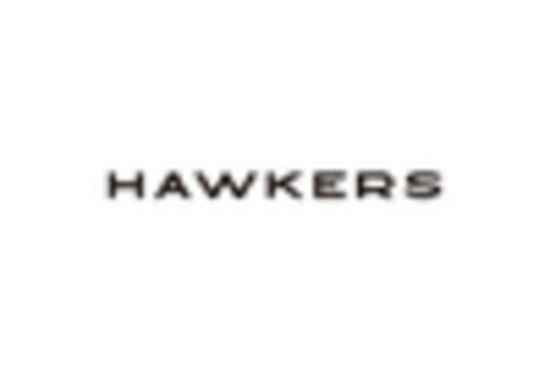
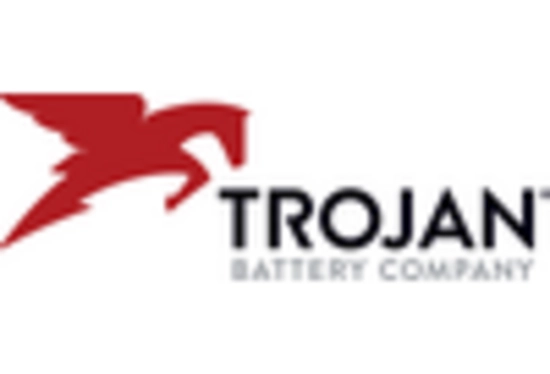








Leave a Comment